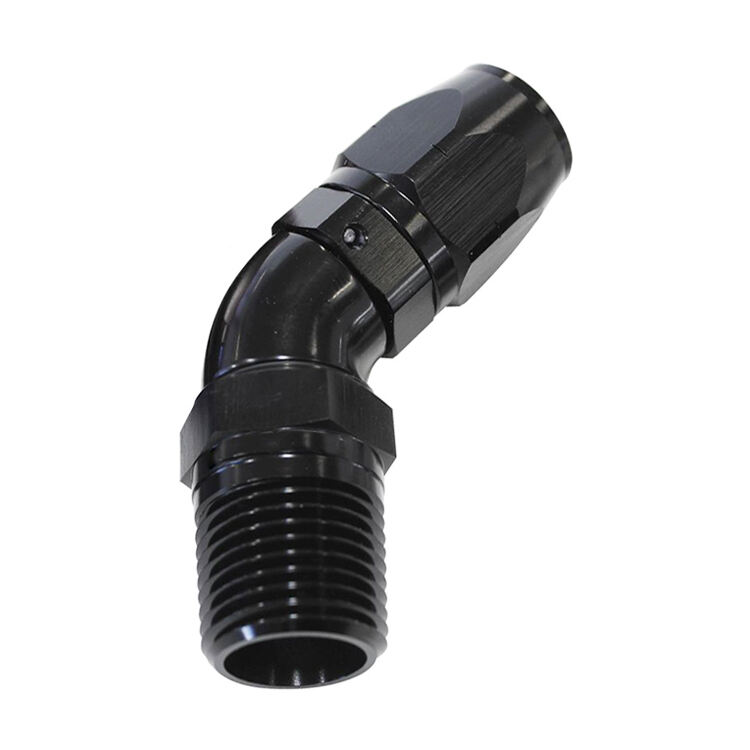
Before reaching the construction phase of a project, ensuring that the proper full flow fittings are provided is vital. With so many types and options available, it’s critical to understand how to choose those that fit in your desired application. This article will assist you in the process of selection by educating you on the key considerations.
Going through your system specifications
It’s now time to proceed with selection, but first some homework needs to be done on the system itself. Specifically, think about what is carried by the flow, the pressure operating conditions as well as the allowable temperature ranges. These factors will determine the physical properties such as materials and geometries that must be used to achieve desired performance.
To say the least, Size does matter
Others are described as full flow fittings and are of AN specification in sizes these fittings an example will be AN6 where an AN6 fitting is 6/16 gauged in inches, measures a six sixteen inner diameter. Size has to be accurate to allow for hoses and other components to fit within the system without any problems. If sizes don’t match, leaks and lower usage effectiveness may result.
Material Considerations
Another important issue is the fittings’ material. Framework and racing are the ideal applications for aluminum fittings. But for other applications, wherein the environment may be corrosive or pressure is a must, stainless steel fittings are required. Consider the requirements for your application to be able to select the preferred construction material.
Thread Compatibility. When full flow fittings are selected, it is necessary to pay attention to its compatibility with the thread types of hoses and components. A few common types are JIC, Joint Industrial Council and NPT, National Pipe Thread. This compatibility is important to ensure a firm connection that does not leak.
Installation Tips. In the intelligent usage of full flow fittings, its proper installation should not be ignored. One should always clean the surfaces before connecting the fittings and take care not to cross the threads while using connections. Similarly, adhering to the manufacturers set guidelines in torque specification prevent over tightening of the fittings that may cause damage to the accessory.
Selecting the right full flow fittings however, is hardly a matter of whims, instead, the particular requirements of the system, its size, material and compatibility are the factors to be considered carefully. These guidelines will assist you in achieving the best performance and reliability in your fluid transfer systems.